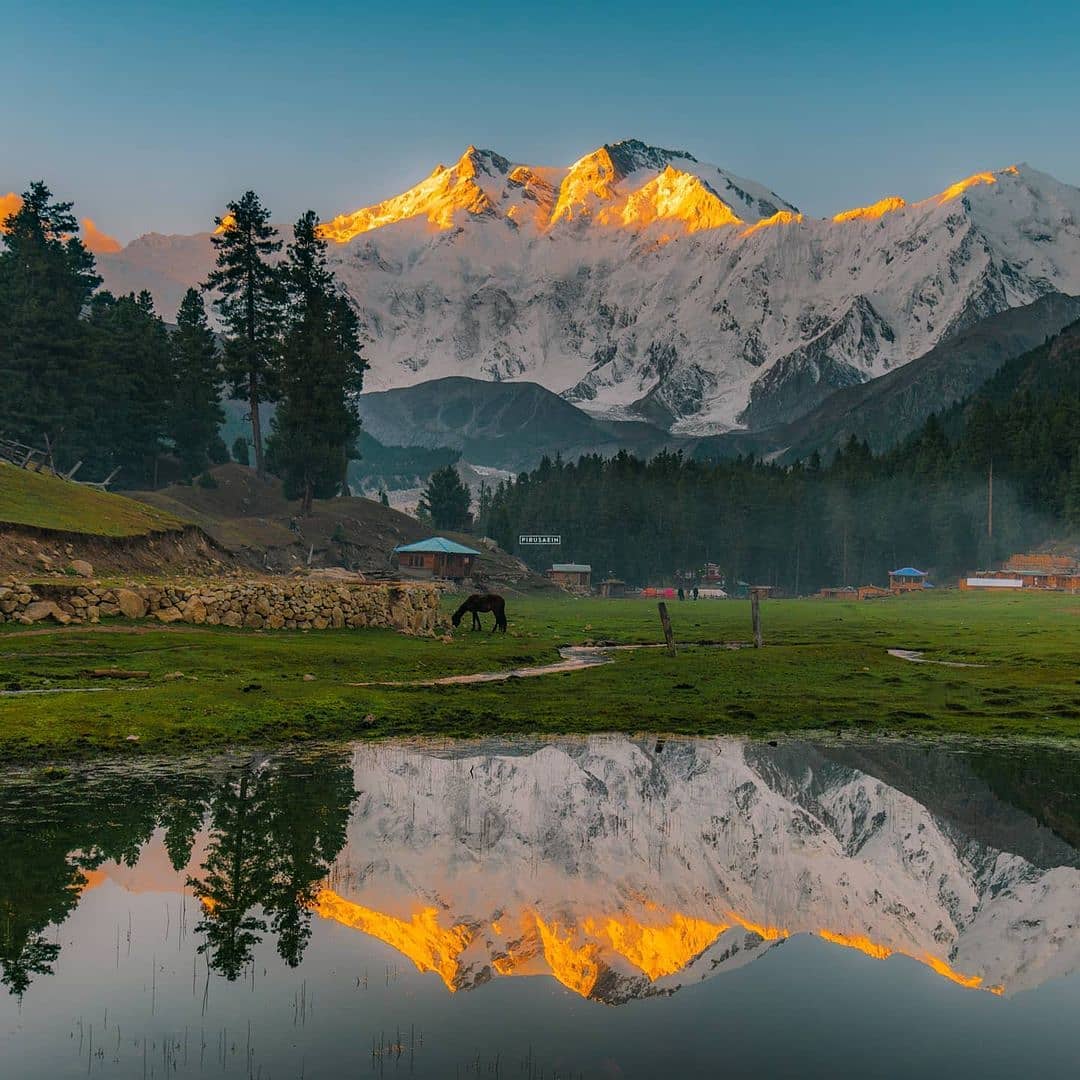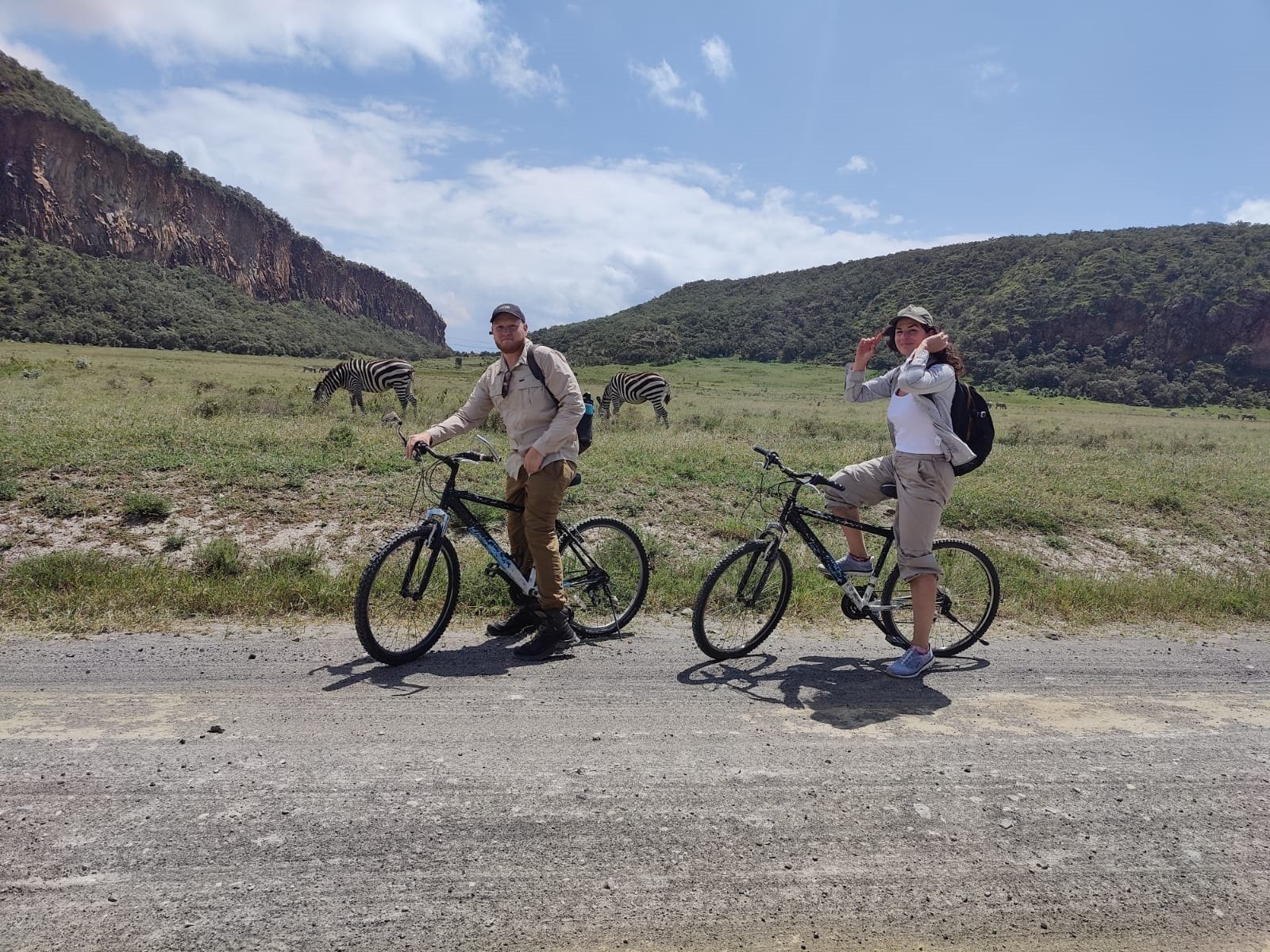Nanga Parbat, also known as the “Killer Mountain,” is a majestic and formidable peak located in the Gilgit-Baltistan region of Pakistan. With an elevation of 8,126 metres (26,660 feet) above sea level, it stands as the ninth-highest mountain in the world and is part of the Himalayan mountain range. Its name, which translates to “Naked Mountain” in English, aptly describes its striking appearance and the challenges it presents to climbers.
Geography and Features
Nanga Parbat is situated in the western part of the Himalayas, surrounded by the Indus River to the north and the Diamer and Astore valleys to the south. The mountain is renowned for its dramatic vertical relief, with a rise of approximately 7,000 meters (23,000 feet) from the base. Its prominent features include the Rupal Face, the world’s highest mountain face, and the Diamer Face, both of which are characterised by steep, glacier-covered slopes and challenging climbing conditions.
Climbing History
The history of climbing Nanga Parbat is marked by both triumph and tragedy. The first successful ascent was achieved by Hermann Buhl on July 3, 1953, via the Diamer Face. Buhl’s ascent is particularly notable because he made the final push to the summit solo and without supplemental oxygen, a remarkable feat given the mountain’s extreme altitude and harsh conditions.
Nanga Parbat’s reputation as a “Killer Mountain” stems from its notoriously difficult climbing conditions and high fatality rate. The mountain’s weather is highly unpredictable, with fierce storms and strong winds posing significant challenges to climbers. The Rupal Face, in particular, is notorious for its technical difficulty and has claimed many lives over the years.
Cultural and Environmental Significance
Nanga Parbat holds a special place in the cultural and spiritual lives of the local people. It is considered a sacred peak in the region and is often revered in local folklore and traditions. The surrounding areas, including the lush valleys and pristine glaciers, contribute to the region’s rich biodiversity and natural beauty.
Tourism and Conservation
Nanga Parbat attracts a range of visitors, from seasoned climbers to trekkers and nature enthusiasts. The base camps and trekking routes offer stunning views of the mountain and its surrounding landscapes. However, the harsh conditions and high altitude make it a challenging destination that requires careful preparation and acclimatisation.
Conservation efforts in the region focus on preserving the natural environment and minimizing the impact of tourism. The local authorities and conservation organizations work to protect the fragile ecosystems and ensure that climbing and trekking activities are conducted responsibly.
Conclusion
Nanga Parbat Pakistan, with its awe-inspiring presence and challenging climbing conditions, stands as one of the most iconic mountains in the world. Its beauty, coupled with its perilous nature, continues to captivate climbers and adventurers from around the globe. As a symbol of both the majesty and the danger inherent in high-altitude mountaineering, Nanga Parbat remains a testament to the enduring allure of the Himalayas.
FAQs
1. What is the height of Nanga Parbat?
-
Nanga Parbat stands at 8,126 meters (26,660 feet) above sea level.
2. Why is Nanga Parbat known as the “Killer Mountain”?
-
Nanga Parbat is known as the “Killer Mountain” due to its difficult climbing conditions and high fatality rate.
3. Who was the first person to summit Nanga Parbat?
-
Hermann Buhl was the first person to successfully summit Nanga Parbat on July 3, 1953.
4. What are the major climbing routes on Nanga Parbat?
-
The major climbing routes on Nanga Parbat are the Diamer Face and the Rupal Face.
5. How can I visit Nanga Parbat?
-
Visitors can trek to the base camps of Nanga Parbat, but climbing the peak requires advanced mountaineering skills and careful preparation.




